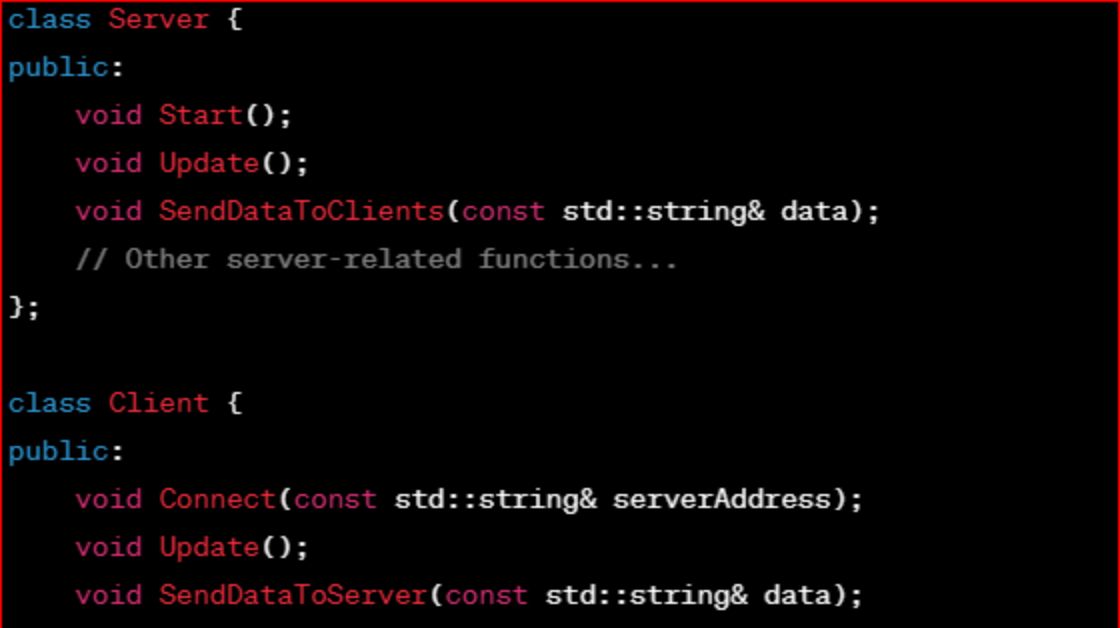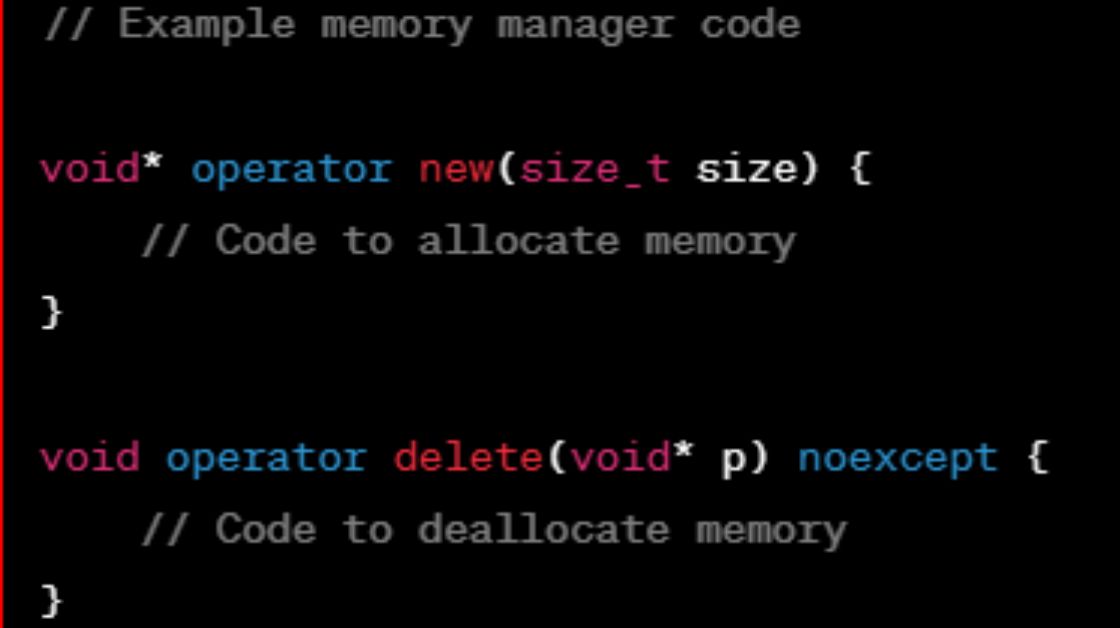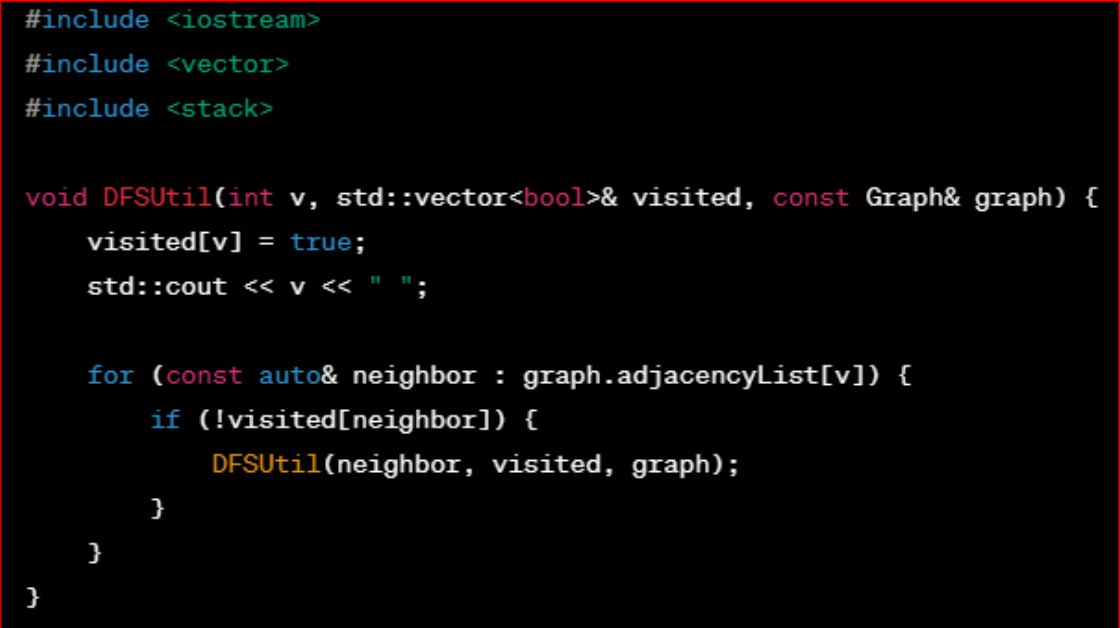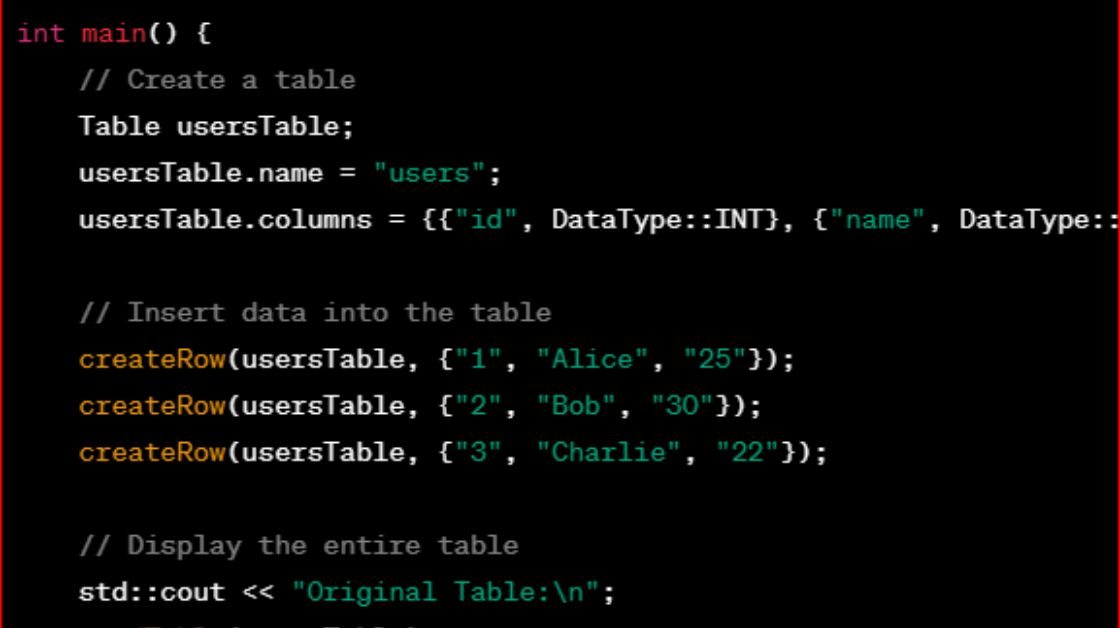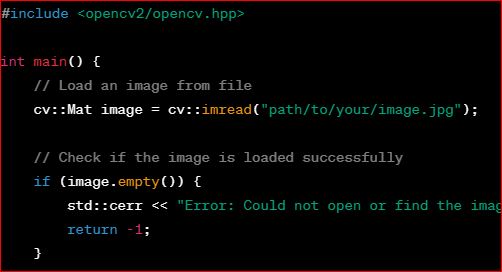Creating a Networked Multiplayer Game in C++
In the world of game development, creating a multiplayer game can take the gaming experience to a whole new level. Adding networked multiplayer functionality allows players to connect with each other, compete, collaborate, and share their gaming adventures. In this blog post, we’ll explore the process of creating a networked multiplayer game using C++.
Understanding the Basics
Before diving into the implementation, it’s essential to have a solid understanding of basic networking concepts. In a multiplayer game, players’ devices communicate with each other over a network, and data is exchanged to synchronize game states.
- Client-Server Architecture: Most multiplayer games follow a client-server architecture. The game server manages the game state and communicates with all connected clients.
- Networking Protocols: Choose a networking protocol for communication. TCP (Transmission Control Protocol) provides reliable, ordered communication, while UDP (User Datagram Protocol) is faster but may result in data loss.
- Synchronization: Implement mechanisms for synchronizing game state across all connected clients. This includes player positions, actions, and any relevant game events.
Setting Up a Basic Game Structure
Start by creating a basic game structure in C++. Define classes for the game, players, and other entities. Ensure that the game logic is separate from the networking code to maintain a clean and modular design.
// Example Game Class
class Game {
public:
void Initialize();
void Update();
void Render();
void HandleInput();
// Other game-related functions...
};
// Example Player Class
class Player {
public:
int id;
float x, y;
// Other player-related properties...
};Integrating Networking Code
Choose a networking library or framework to simplify the implementation of networked functionality. Popular choices for C++ include Boost.Asio, ENet, or RakNet. For this example, let’s use Boost.Asio.
// Example Networking Code using Boost.Asio
class Server {
public:
void Start();
void Update();
void SendDataToClients(const std::string& data);
// Other server-related functions...
};
class Client {
public:
void Connect(const std::string& serverAddress);
void Update();
void SendDataToServer(const std::string& data);
// Other client-related functions...
};Synchronizing Game State
To create a smooth multiplayer experience, synchronize the game state across all connected clients. This involves sending and receiving data related to player positions, actions, and other relevant information.
// Example Game State Synchronization
class NetworkManager {
public:
void SendPlayerDataToServer(const Player& player);
void BroadcastGameStateToClients(const GameState& gameState);
// Other synchronization functions...
};Handling Latency and Lag
In a networked environment, latency is inevitable. Implement techniques such as client-side prediction, server reconciliation, and interpolation to mitigate the impact of lag and provide a more responsive gameplay experience.
Security Considerations
Ensure the security of your networked game by implementing measures to prevent cheating and unauthorized access. Encrypt sensitive data and validate inputs to protect against potential exploits.
Testing and Debugging
Thoroughly test your networked multiplayer game in different network conditions to identify and address potential issues. Implement robust error handling and logging to facilitate debugging.
Conclusion
Creating a networked multiplayer game in C++ involves combining strong game development principles with networking concepts. By carefully designing your game structure, integrating a reliable networking framework, and implementing effective synchronization mechanisms, you can build an engaging multiplayer experience for players around the world. Remember to prioritize security, test rigorously, and continually refine your game based on player feedback to create a truly immersive multiplayer gaming experience.
